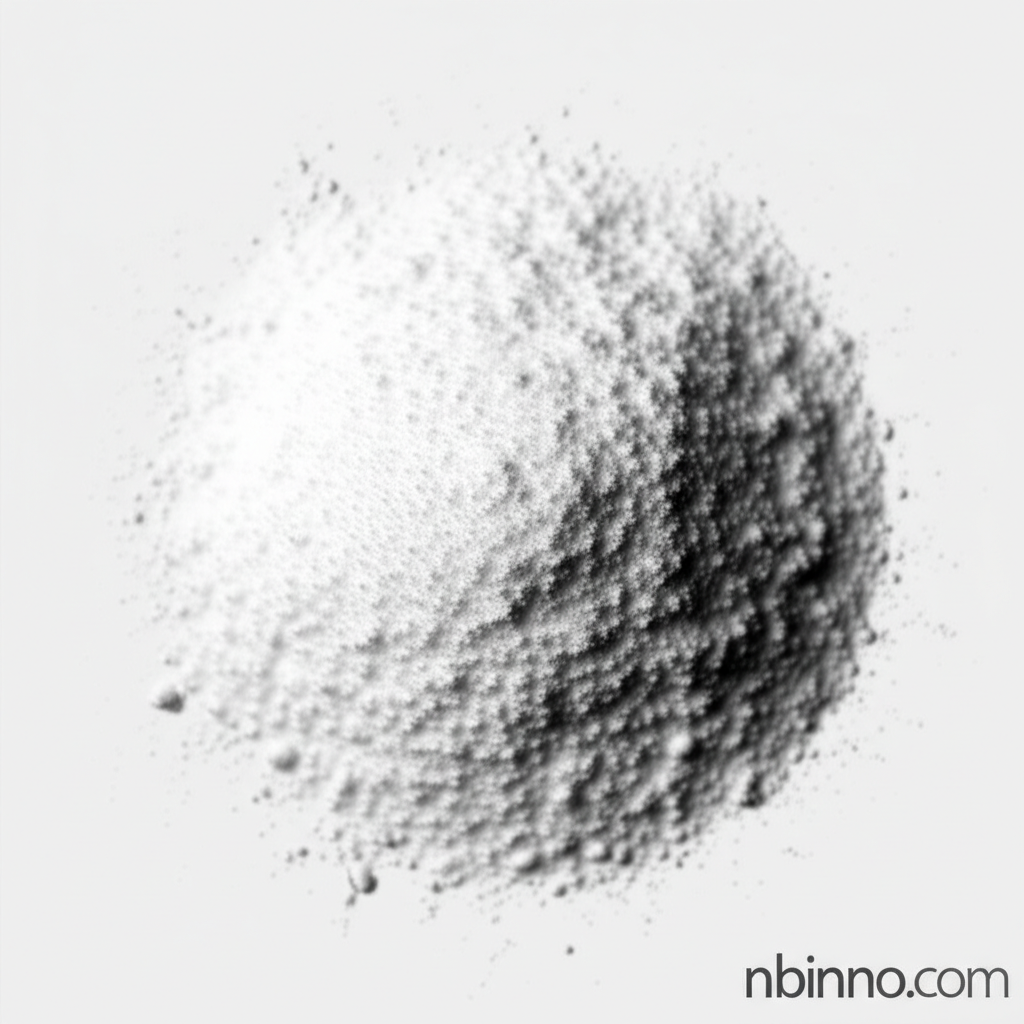Unveiling the Mechanism: Protochlorophyllide Radical Formation in Photosynthesis
Explore the fascinating biochemical journey of chlorophyll formation, focusing on the critical role of DPOR in reducing protochlorophyllide and the formation of radical intermediates.
Get a Quote & SampleProduct Core Value

Protochlorophyllide
Protochlorophyllide is a vital precursor in the biosynthesis of chlorophylls. Its reduction to chlorophyllide is a key step, facilitated by the dark-operative protochlorophyllide oxidoreductase (DPOR). As a reliable supplier in China, we offer high-purity Protochlorophyllide for your research needs. Our product plays a critical role in understanding the complex chlorophyll biosynthesis pathway.
- Investigating the protochlorophyllide reduction mechanism provides deep insights into photosynthetic processes.
- DPOR enzyme function is critical for chlorophyll production in a variety of photosynthetic organisms.
- As a key component in the chlorophyll biosynthesis pathway, Protochlorophyllide is essential for plant health.
- Understanding radical intermediates in photosynthesis helps in designing artificial photosynthetic systems.
Advantages You Gain
Understanding Radical Intermediates
Our research on protochlorophyllide reduction mechanism reveals the generation of crucial radical intermediates, offering a deeper understanding of enzymatic catalysis in photosynthesis.
Key Role in Chlorophyll Biosynthesis
Protochlorophyllide is fundamental to the chlorophyll biosynthesis pathway, ensuring efficient light harvesting for plants and algae.
DPOR Enzyme Insights
The detailed analysis of DPOR enzyme function provides valuable information for researchers studying enzyme kinetics and protein-ligand interactions.
Key Applications
Photosynthesis Research
Studying the Pchlide to Chlide conversion is vital for understanding the core processes of photosynthesis and energy capture in plants.
Plant Biochemistry
This compound is essential for the chlorophyll biosynthesis pathway, making it a key focus in plant biochemistry studies.
Biochemical Engineering
Insights into dark-operative protochlorophyllide oxidoreductase function can inspire the design of novel biocatalysts.
Molecular Biology
Understanding radical intermediates in photosynthesis contributes to the broader field of molecular mechanisms in biological systems.
